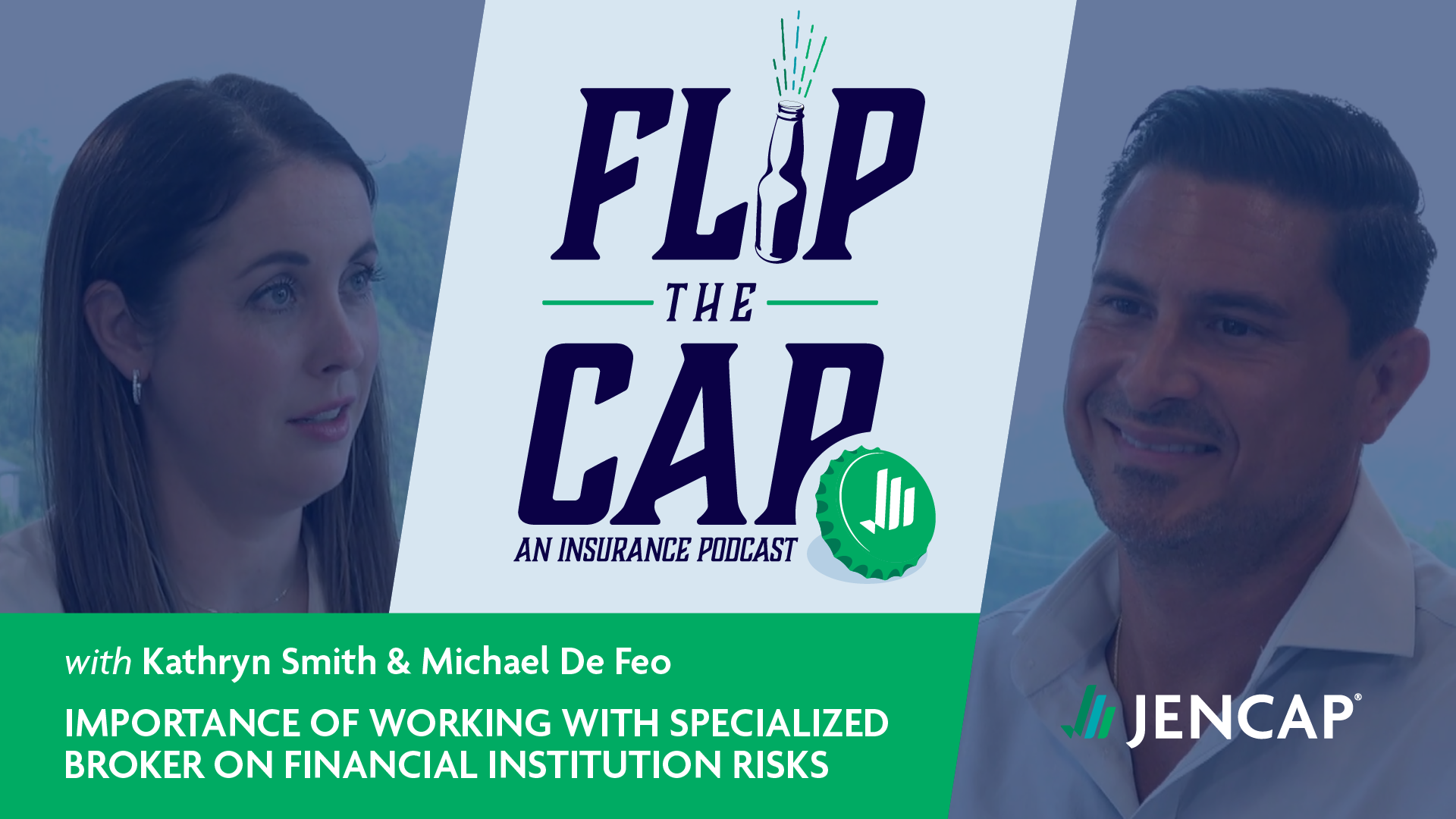Twitter recently agreed to pay out $809.5 million in a class-action lawsuit settlement that alleged its executives made inaccurate statements about the site’s metrics. When the company’s stock took a dive, investors were up in arms over the loss. With settlements hitting these kinds of heights, it’s no surprise that the market for D&O (directors & officers) liability insurance is expected to increase from $8.8 billion in 2020 to an anticipated $22.6 billion by 2030. D&O premiums increased 38.5 percent in 2021 alone.
Some companies may balk at the expense of D&O insurance coverage. However, costly claims like the one Twitter faced more than justify the investment.
1. Employment Practices Claims
Employees are the most common source of D&O claims among nonprofit organizations and private businesses. Though management and leadership may assume that the largest threats will come from unhappy customers or contractors, it’s crucial to understand that the greatest potential for a lawsuit lies within a company’s own walls. Insurance agents may recommend employment practices liability insurance for additional coverage from these types of claims.
Such lawsuits are quite common. Employment lawsuits rose over 400 percent between 1997 and 2017. Employees have a 70 percent chance of getting at least $165,000 in these types of claims and a 16 percent chance of winning over $1 million. Employees may file a lawsuit for issues such as wrongful termination, breach of contract, or failure to address health and safety concerns. Discrimination suits are among the most common filed against employers. According to the U.S. Equal Employment Opportunity Commission, a total of $333.2 million was awarded for discrimination suits in 2020.
2. Misrepresentation
Directors and officers must accurately represent their company’s assets, liabilities, and capabilities, or they may fall victim to a costly lawsuit. A prime example is a shareholder class-action lawsuit alleging that 3Com, U.S. Robotics, and their directors and officers misrepresented facts regarding the acquisition of U.S. Robotics both before and after the acquisition took place. The case resulted in a $259 million settlement. This sum is low compared to other similar suits. Waste Management and its directors and officers faced a $457 million settlement for misrepresenting material facts in the company’s merger with USA Waste Services, Inc.
3. Securities Class-Action Claims
Shareholders may bring a securities class-action claim against the directors and officers of a publicly held corporation if they believe there’s a violation of securities law. Such violations may include concealing material information or spreading false information that leads investors to purchase stock for which they later suffer a serious loss.
Shareholders have become increasingly litigious in recent years. Securities class-action settlements reached a 10-year high in 2021 with 87 settlements totaling $1.8 billion. The median settlement for a securities class-action claim in 2021 was $8.3 million with a minimum settlement of $600,000. These types of common lawsuits present a critical concern for any publicly held company.
4. Data Breach Shareholder’s Suits
Cyber-related risks present a relatively new threat to directors and officers. If a data breach occurs, the company may face a shareholder derivative action or shareholder’s suit against the directors and officers claiming that they failed to put the proper security measures in place to prevent the incident. Cyber coverage can provide some protection in the event of a data breach. However, companies are increasingly realizing that D&O coverage is necessary in these instances as well.
In addition to the initial failure to protect data, directors and officers may also face claims regarding their subsequent management of a security breach. After a 2016 data breach, shareholders brought a suit against Yahoo, its board of directors, and some of its officers and managers claiming that board members and executives did not promptly disclose the security breach and attempted to cover up some facts pertaining to the incident. In 2019, the Superior Court of California approved a $29 million settlement in the case.
5. Breach of Fiduciary Duty
A breach of fiduciary duty occurs when directors and officers don’t properly manage the company’s finances. In one example, a company announced that it was going private through a tender offer from an affiliated entity. Stockholders alleged a breach of fiduciary duty against the directors and officers and ultimately received a $22.4 million settlement. Bankrupt corporations often face these types of suits as well, claiming that the company’s failure is ultimately due to the D&O’s failure.
Proper insurance coverage can pay for the costs associated with disputing such claims, as well as any subsequent settlements. In an increasingly unstable economic landscape, this type of coverage has significant value. A skilled broker, like one of our team members at Jencap, can make sure that your clients have the coverage they need. Our knowledgeable professionals can anticipate the risks for both local and global lawsuits so companies can stay safe.
If you’re interested in learning more about D&O coverage, contact our team at Jencap. We can ensure there are no gaps in your client’s coverage that could leave them open to costly claims.



















































